Blog
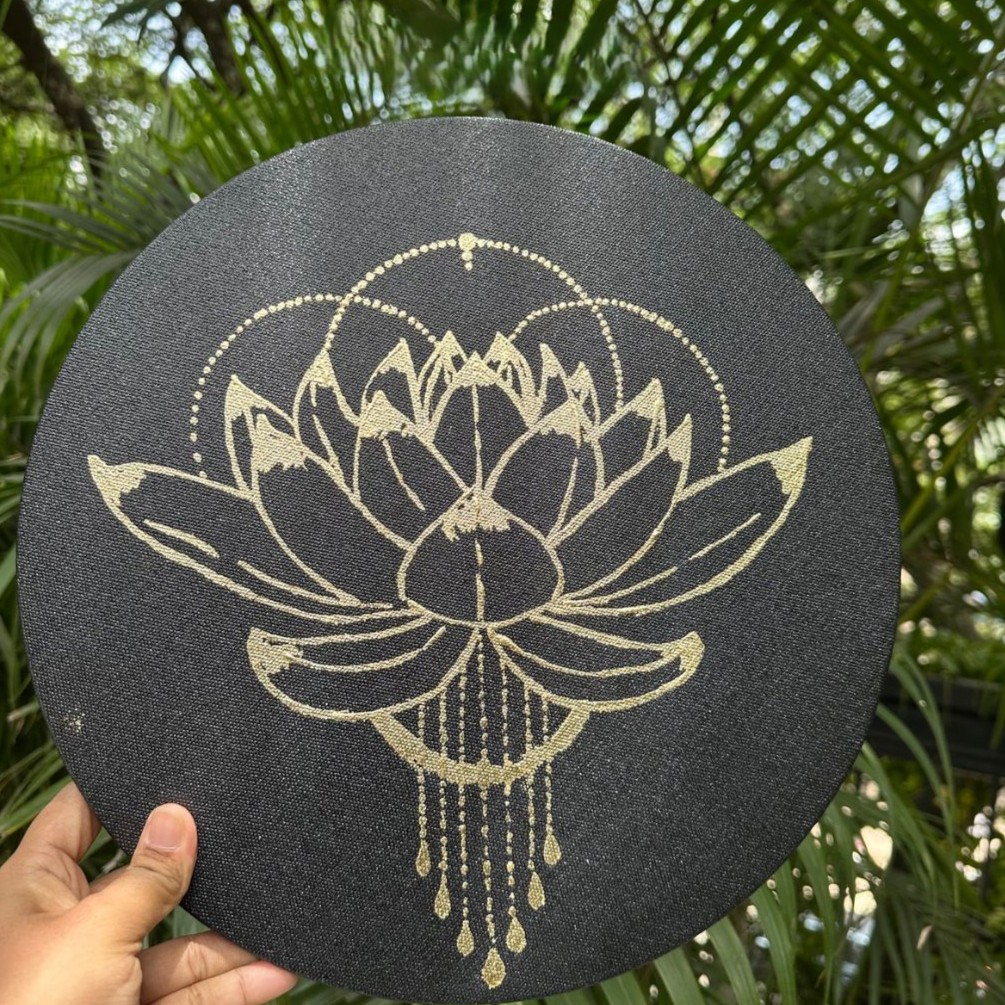
- Article Intro: I attended a gold foil workshop in Bangalore and walked away with a new favorite medium. Here’s a glimpse into the experience.
- Article Type: Expo
- Gallery Images:
- Images:
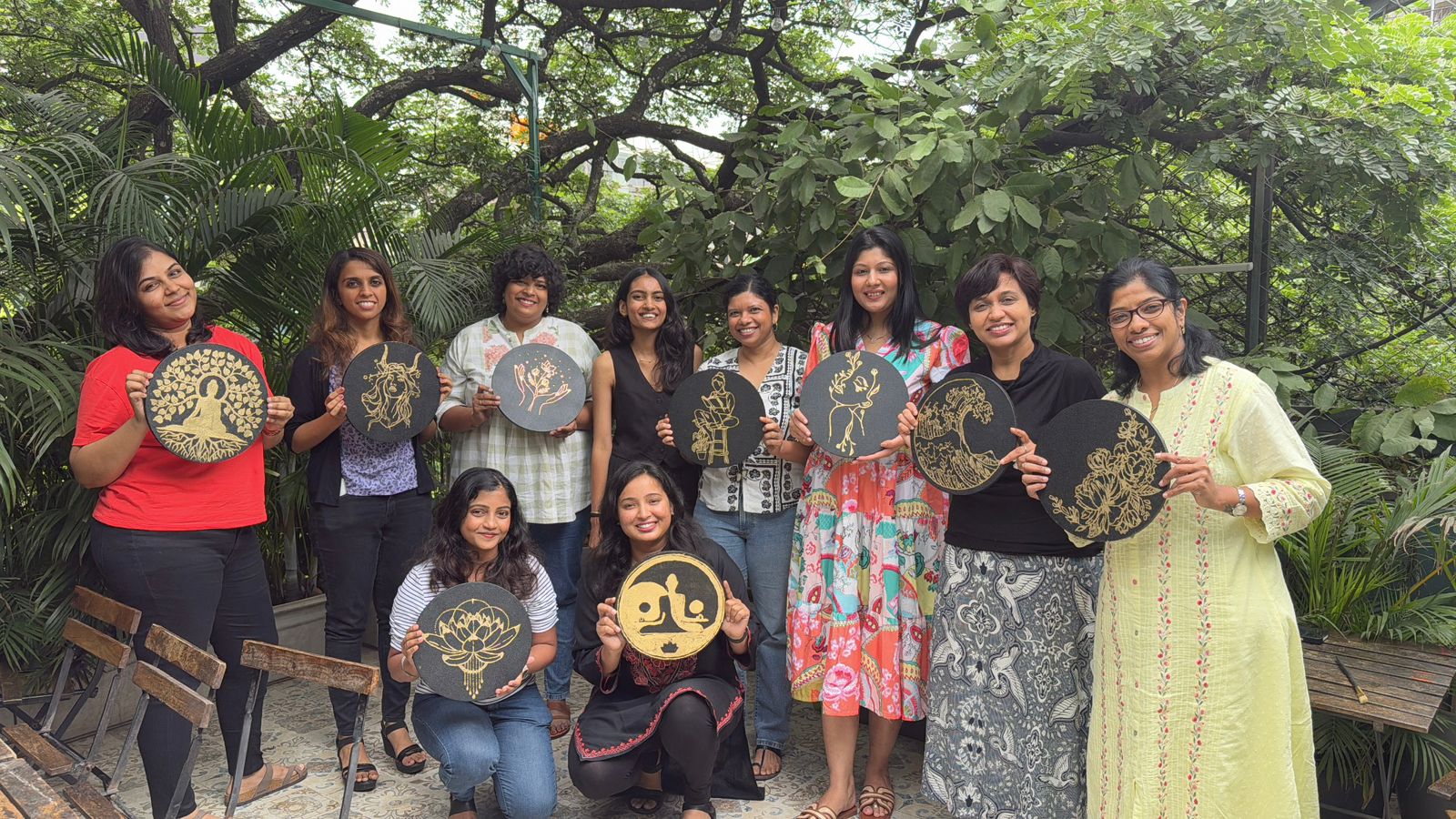
- Images:
- Instagram Link: https://www.instagram.com/reel/DM65wnkPZ8Q/?utm_source=ig_web_copy_link&igsh=ajVjOHRvN3d4M3g4
Read more: Gold Foil Art Workshop - A Hands-On Creative Escape
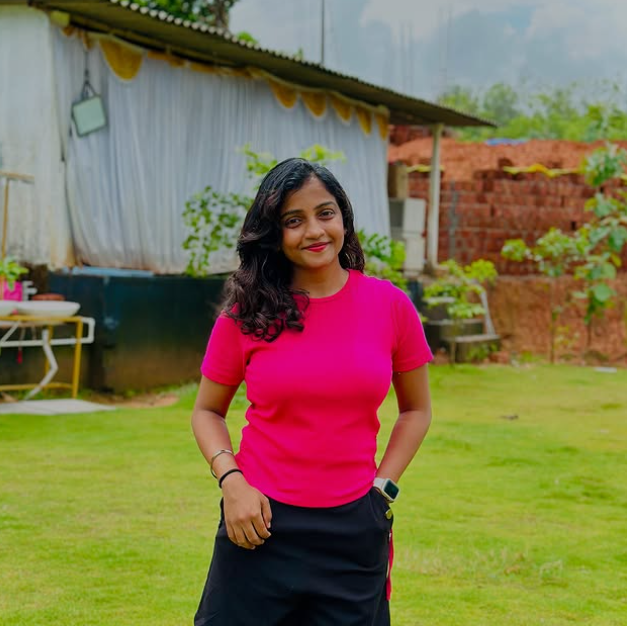
- Article Intro: Inspiration often arrives when we least expect it. In this travel-based tutorial, Anisha shares how her journey through Mangalore sparked new artistic ideas.
- Article Type: Inspiration
- Gallery Images:
- Images:
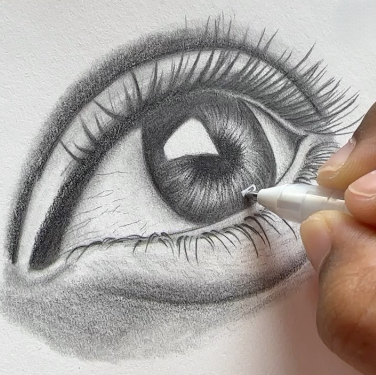
- Images:
- Tips:
- Tip Title: Safety Tips, Tip Description: If you're sketching outdoors, stay hydrated, stay aware of your surroundings, and always be respectful when photographing people or places.
- Troubleshooting:
- Troubleshooting Title: Feeling stuck? Try one of these methods:, Troubleshooting Description: Feeling stuck? Try one of these methods:
- Troubleshooting Title: Too Many Distractions, Troubleshooting Description: Turn off your phone for a while. Inspiration thrives in focused stillness.
- Troubleshooting Title: Nothing Feels “New”, Troubleshooting Description: Shift your perspective. Sit on the ground, look up, sketch with your non-dominant hand. New angles invite new thoughts.
- Featured Quote: Resin art is about patience and experimentation. Don't be afraid to try new techniques and color combinations
- Instagram Link: https://www.instagram.com/reel/DJizUUgvMhZ/?utm_source=ig_web_copy_link&igsh=MWI0dGprZTZmZ2x1bg==
- YouTube Link: https://www.youtube.com/shorts/wOHVYGBXeuk
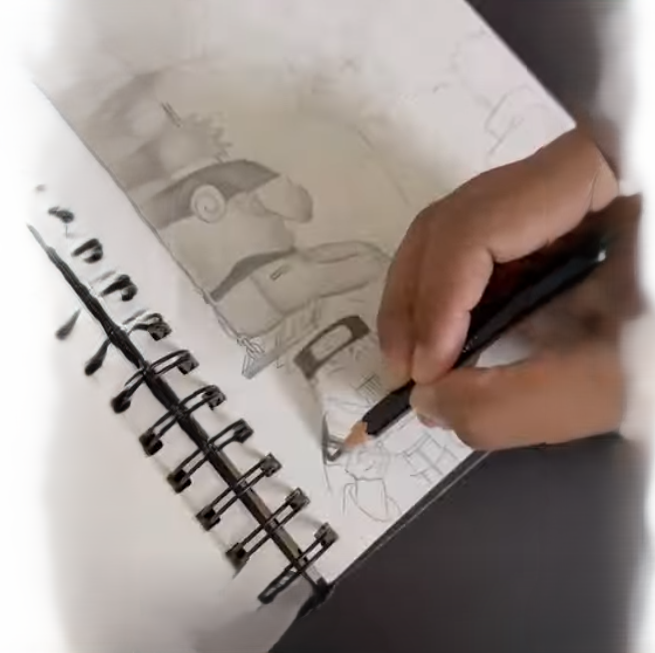
- Article Intro: Capturing the essence of a person in a drawing is one of the most rewarding skills an artist can learn. While it may seem daunting, mastering the basics of pencil portraiture is achievable for everyone. This guide will walk you through the essential techniques, from understanding proportions to bringing your drawing to life with shading.
- Article Type: Tutorial
- Featured Quote: The secret to good shading isn't just about making things dark; it's about the relationship between the dark and the light.
Read more: Mastering Faces: A Beginner's Guide to Pencil Portraiture Techniques
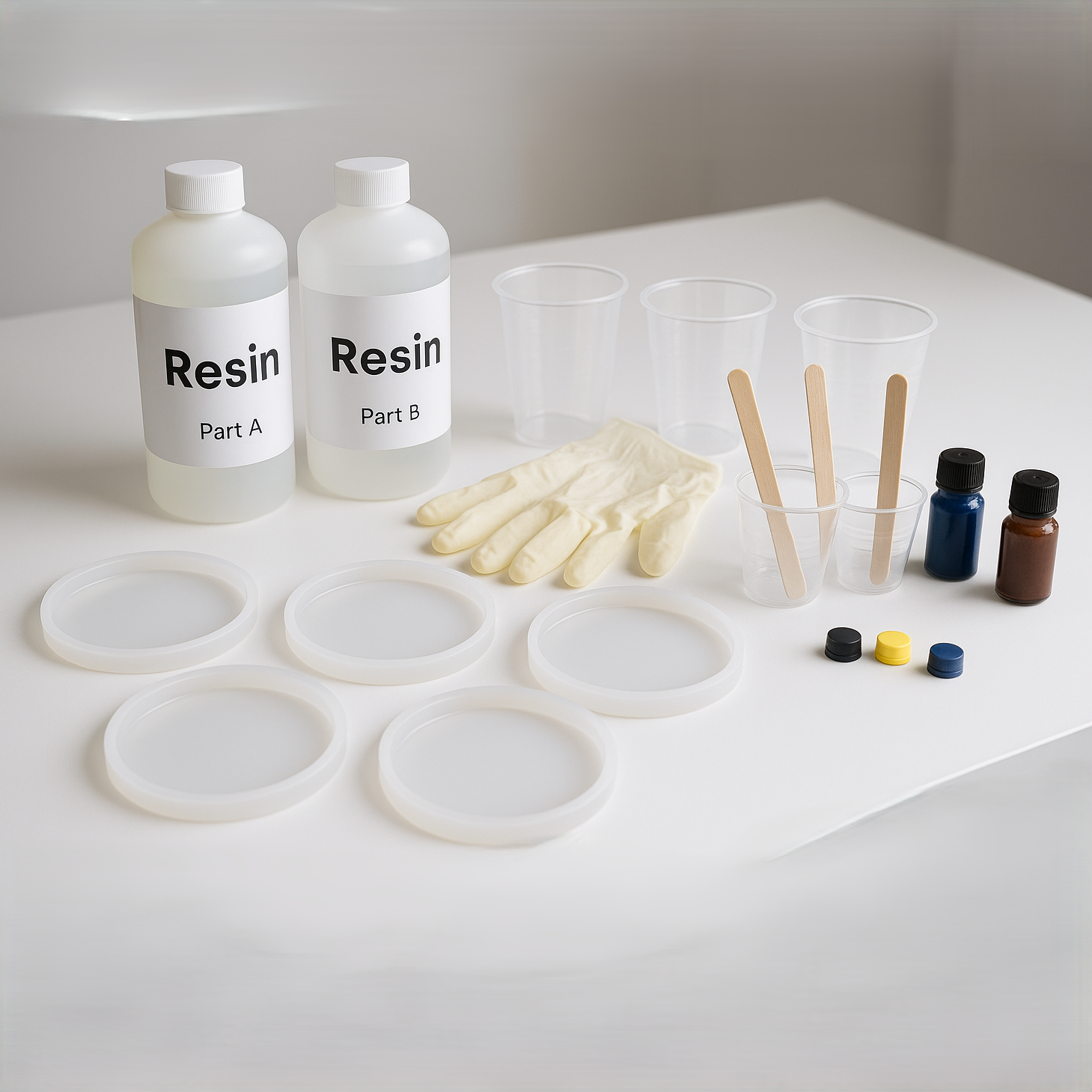
- Article Intro: Discover the magical world of resin art with this comprehensive guide for beginners. Learn about materials, techniques, and safety tips to get started on your creative journey.
- Article Type: Tutorial
- Gallery Images:
- Images:
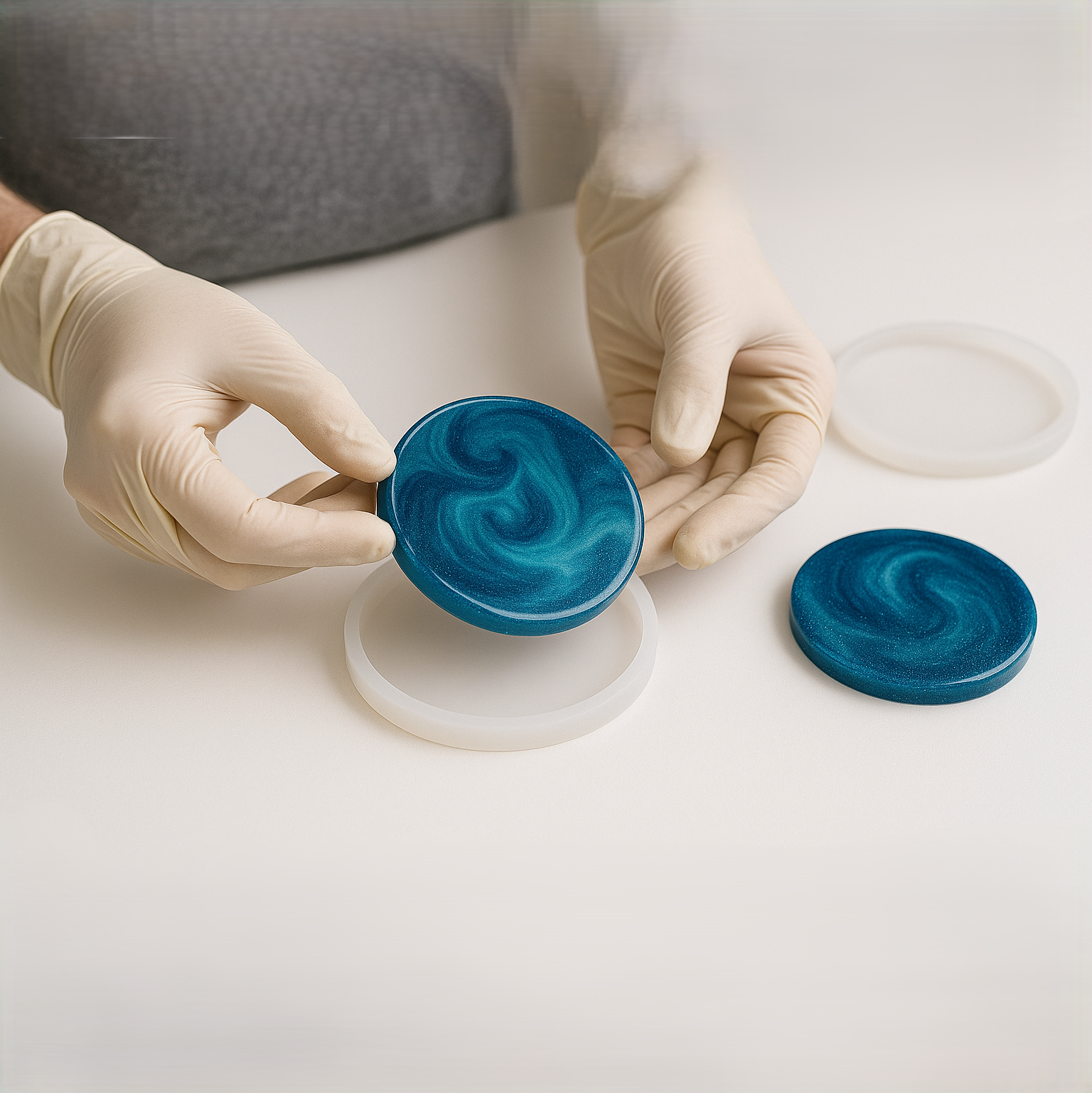
- Images:
- Tips:
- Tip Title: Personal Protection, Tip Description: Always work in a well-ventilated area and wear appropriate protective equipment. Resin can be toxic if not handled properly.
- Troubleshooting:
- Troubleshooting Title: Bubbles in Your Resin, Troubleshooting Description: Use a heat gun or torch to pop surface bubbles, and stir more slowly to prevent creating bubbles.
- Troubleshooting Title: Uneven Curing, Troubleshooting Description: Ensure accurate measurements and thorough mixing. Temperature affects curing time.
- Featured Quote: Resin art is about patience and experimentation. Don't be afraid to try new techniques and color combinations!
- Instagram Link: https://www.instagram.com/reel/DL4L4cxvs3k/?utm_source=ig_web_copy_link&igsh=OGVrN3FzdnpsbzU1
- YouTube Link: https://www.youtube.com/shorts/PRmeN7c7eNI
Read more: Getting Started with Resin Art: A Beginner's Guide